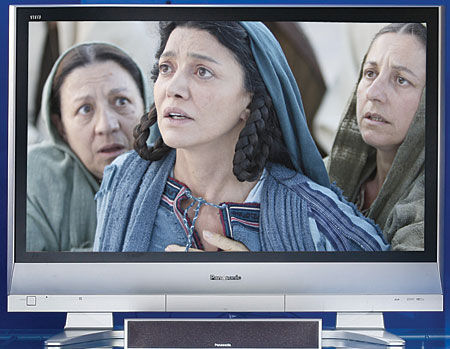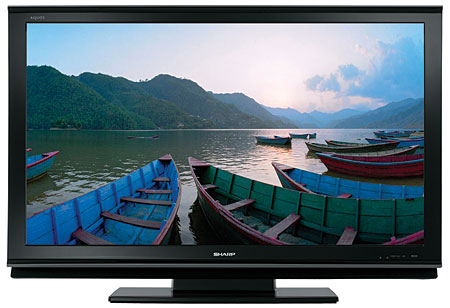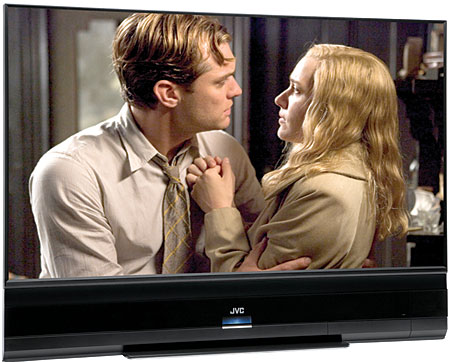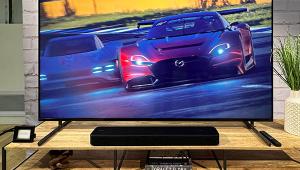How to Buy an HDTV Page 2
Flat: Plasma or LCD
Bright to watch during the day:" LCD
Great black level for movies: Plasma or RPTV
Biggest screen for the mone: Front or Rear Projection
Best Picture Quality: CRT (Ha!)
Best Value: CRT or most RPTVs
Plasma
Good At:
• Big flat-screen sizes for the money
• Strong black levels and contrast ratios
Not So Good At:
• Not as bright as LCD
• Chance of burn-in

LCD
Good At:
• Very bright
• Available in every screen size imaginable
Not So Good At:
• Get expensive quickly as sizes go up
• Motion blur and poor off-axis viewing

RPTV
Good At:
• Great prices per screen inch
• Tech and performance to match all tastes and wallets
Not So Good At:
• Not flat
• Bulb replacement is costly

What About 720p?
There is a direct correlation between viewing distance, resolution, and what your eye can see. If you are sitting 10 feet from your TV (as most people are) and you're looking for a display smaller than 50 inches, your eye won't be able to distinguish the difference between 1080p and 720p. So, if you're sitting that far away and don't feel like sitting closer, you can get a 720p set, no problem. If you're seated closer than 10 feet or you're looking at a 60-plus-inch set, then 1080p is probably the way to go. For more info on this, check out the January 2005 issue or in my blog at www.hometheatermag.com.
1080i vs. 1080p
Some 1080p TVs can't accept 1080p over any input, although the number of ones that can is rapidly increasing. Unless you're a gamer, the lack of a 1080p input isn't as big of a deal as you may think. As long as the display deinterlaces 1080i correctly, it will look essentially identical to native 1080p content (sourced from film anyway, which is the only non-game 1080p content available). If you're a gamer, the 1080p from the PlayStation 3 will look very different than the 1080i from the same. If the TV doesn't deinterlace 1080i correctly (and many don't), then you may also see a difference. For more info on this, check out the March 2006 and November 2006 issues or in my blog at www.hometheatermag.com.
- Log in or register to post comments



























































